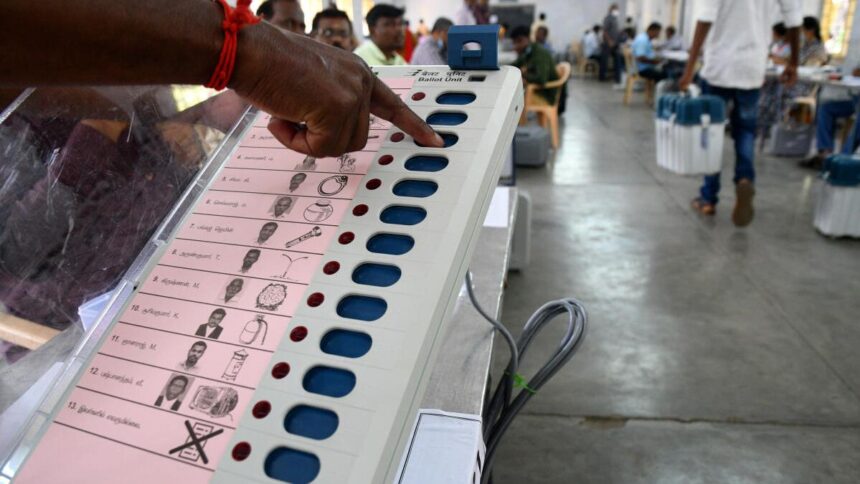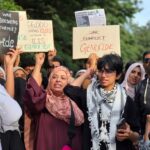The Union government has established a committee led by former President Ram Nath Kovind to investigate the feasibility of conducting simultaneous elections for the Lok Sabha, Legislative Assemblies, municipalities, and panchayats. This concept has been a topic of discussion over the past five years and aligns with the Bharatiya Janata Party’s electoral manifesto.
The next Lok Sabha election is scheduled to occur before June 16, 2024. Should the proposal for simultaneous elections be ratified and implemented, it would result in the shortening of terms for all Legislative Assemblies, except those in Andhra Pradesh, Arunachal Pradesh, Odisha, and Sikkim. The election schedules for these four states have gradually aligned with Lok Sabha elections. If simultaneous elections were held in 2029, a similar adjustment in Assembly terms would be required.
As indicated in Table 1, the terms for Assemblies in 17 states would be truncated by nearly a year and a half if simultaneous elections are conducted in June 2024. Notably, the Assemblies of Karnataka, Meghalaya, Nagaland, Tripura, Himachal Pradesh, and Gujarat would experience term reductions of close to three and a half years or more.
Proponents of simultaneous elections argue they would be cost-effective. A 2018 report by the Law Commission contended that the expenses associated with Lok Sabha and Assembly elections are largely comparable, suggesting that conducting them concurrently could reduce overall costs by half. However, such reports often dismiss election expenses as “wasteful,” overlooking the economic impacts on sectors including transport, printing, media, and infrastructure.
Additionally, many analyses do not adequately consider the implications of simultaneous elections for India’s legislative and governance structures. India has 543 Lok Sabha representatives, over 4,100 Assembly legislators, 89,194 urban ward representatives, and nearly 31.89 lakh elected panchayat representatives across three tiers: village panchayats, panchayat unions, and district panchayats. Each of these levels serves distinct roles and responsibilities, underscoring the necessity of representation tailored to the specific needs of voters.
Table 2 details the number of Lok Sabha seats, Assembly representatives, urban local wards, and elected panchayat representatives for each state. For instance, if a voter is concerned about local garbage management, they would likely choose a candidate best equipped to address this issue at the ward level. Conversely, MPs and MLAs are responsible for broader constituencies, focused on legislating issues relevant to the Union and State governments, respectively.
Moreover, holding simultaneous elections could lead to the issues pertaining to these varied tiers being subsumed under a singular voting mandate. This may undermine federalism and the foundational structure of multi-tier governance in India. Therefore, the committee is urged to thoroughly consider the federal dimensions of Indian democracy in its exploration of simultaneous elections.
Source: Election Commission of India and Ministry of Panchayati Raj
Also read: The larger project of subverting the idea of India
Published – September 18, 2023 11:59 am IST










